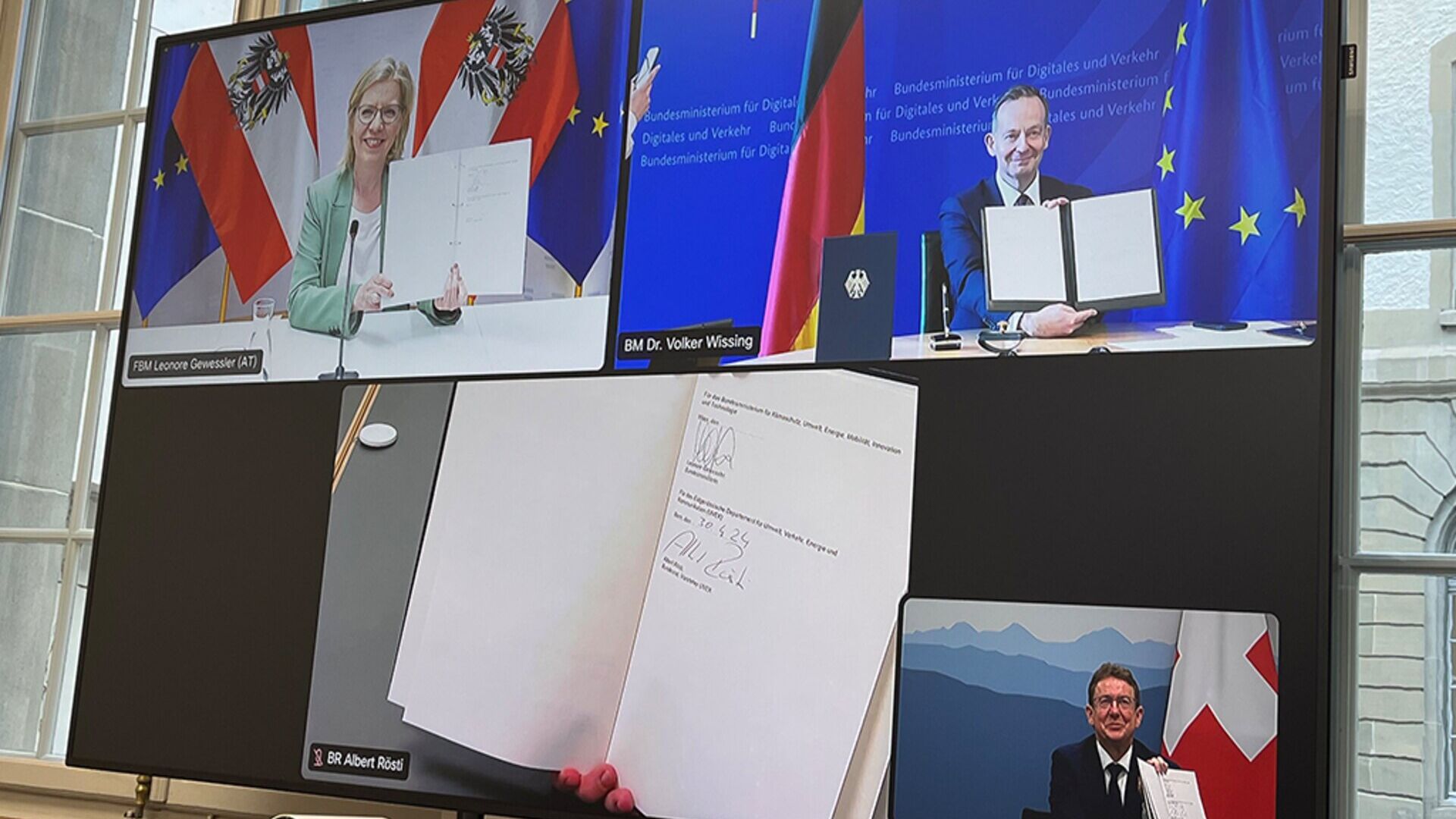Brand strategy: strategies to promote your brand
Brand strategy: strategies to promote your brand
The third step to transform a brand into a super brand
In the previous episodes we have seen how to create an effective brand positioning and how to build a brand identity in a workmanlike manner. Today we will try to go further, moving on to what are the activities aimed at promoting the brand. All of these activities take the name of brand strategy, or rather: with the brand strategy formula we can indicate both the brand strategies in the strict sense (line extension, brand extension, multi brand, etc.), and in more general terms the strategies that the company implements to promote itself and its products or services on the market. Leaving aside the first group, less interesting and certainly more specific, let's try a identify tools and channels to use for a brand promotion that lives up to expectations.
These tools include a long list of alternatives that inevitably vary according to the target, the physical place where the company operates, the sector it belongs to and so on. Putting all the options together we would have an infinite list and enough material to write a treatise… more than an article! Within the limits of the space of this focus, we will rather focus on a universal or nearly universal parameter: ROI, or Return on Investment. By typing “marketing channels ROI” or “channel ROI rating” on Google, we will find various resources in the form of articles and graphs showing the channels and tools with the highest percentage of ROI. Some graphs even show the economic return in dollars for every dollar invested. It is from here that we want to start to understand in which direction to move in terms of brand strategy.

EMAIL MARKETING: THE BEST STRATEGY EVER
Well yes: in 2019 email marketing is still among the best promotion tools ever. Any company, ecommerce, blog or business should therefore implement a system for sending emails to potential customers, taking into account that the statistics are conflicting, but that for every dollar spent on email marketing, recover up to 70 with sales. This is why building an address database should be one of your priorities. You cannot hope to be successful by buying names of profiled people sight unseen. It is you who must generate interest in your business, prompting users to naturally subscribe to updates and news. Invest in content marketing, publish captivating articles, offer a free ebook download and within a few months your newsletter will grow strong and lush, allowing you to send not only news but also special offers and promotions for subscribers.
SEO STRATEGY: THE STRENGTH OF ORGANIC POSITIONING
Investing in SEO is a good idea, at least if we look at the statistics about it. The strategies of a winning brand should always accordingly include a certain amount of Search Engine Optimization (SEO), i.e. of optimization for search engines. The object of the SEO campaigns can be the entire corporate site, but also the ecommerce with its product sheets or the blog with its articles. Optimizing the content available - from static pages to posts - means increasing the chances of appearing in the first places on Google in correspondence with the keywords of interest. A brand with a targeted SEO strategy consistent with its business is a brand that appears on search engines whenever a user types a query related to a specific topic. An extraordinary way to advertise at low costs, because once positioned for 100, 200 or 300 keywords, the flow of visitors will be constant over time without spending a penny more!
INTERNET DISPLAY AND PPC: CARPET PROMOTION
Another marketing strategy for your brand again involves the Internet and in particular advertising on display and on PPC (Pay-per-click) platforms. In this case, these are sponsored ads that appear, based on your settings, to an audience of people targeted by interests, age, geographical origin, gender, device, and more. The so-called display network is made up of a myriad of portals, magazines, blogs and websites that host within them (usually in articles or in the sidebar) ads and commercials from other businesses like yours: graphics, videos and flash animations ( dated, but you can still see many of them) attract the attention of users and push them to click on the ad. The same thing happens for PPC on the Google search engine or on the social media Facebook. Ads are served to an audience of potential customers for the set duration of the campaign: for each click the advertiser pays a small amount, the lower the higher the quality of the ad (a value obtained in turn from multiple parameters, such as the consistency of the ad, the number of clicks produced and so on). In a brand's strategy, ads should be considered as a reinforcing action, for example for the launch of a new product or service, at an event, and on all occasions where maximum visibility is needed. But be careful not to abuse it: the costs could rise.
SOCIAL MEDIA: FROM FACEBOOK TO YOUTUBE
Let's conclude this overview of brand strategy with a brief mention of social media, which it now seems superfluous to talk about but which in reality are still used today by many businesses somewhat haphazardly. The most recurring problems that we first, as a web agency, we find working for SMEs and large companies are, in order:
- social profiles open and never properly followed, or even worse left to themselves
- excess of profiles, many of which are not very or not at all advantageous in relation to the type of business and its target
- reckless management, in the absence of the most basic best practices (better publishing time, low quality images, etc.)
- expenses unbalanced towards the PPC instead of organic management, or vice versa on organic management alone, underestimating the PPC
- approximate graphics, which distorts the identity of the brand and makes it lose credit in the eyes of the public
Ultimately, the brand strategy touches on many aspects, sometimes even quite distant from each other. Experimenting and correcting the pitch during construction is the most realistic approach that can be adopted, eliminating useless activities and focusing on what can really make the difference. We will see in the next in-depth analysis a another pillar of branding: brand design. Keep following us!
You may also be interested in:
In Alto Adige today EDIH NOI is the new point of reference for AI
4,6 million euros from the PNRR fund will be allocated to Bolzano for services to local companies in the digitalisation of intelligence…
by Editorial staff Innovando.NewsEditorial staff of Innovando.News
Austria, Germany and Switzerland for "more innovative" cargo railways
DACH Ministers Leonore Gewessler, Volker Wissing and Albert Rösti: the introduction of Digital Automatic Pairing is a key element
by Editorial staff Innovando.NewsEditorial staff of Innovando.News
Persuasion or manipulation? Genesis and historical impact of PR
This is how Public Relations, from the sophistic dialogue of ancient Greece to the current digital era, continues to offer continuous innovation
Young people and cryptocurrencies: how to find out more about Bitcoin…
Introducing kids to digital currencies and Blockchain can be an exciting endeavor, given their affinity for technology and innovation




